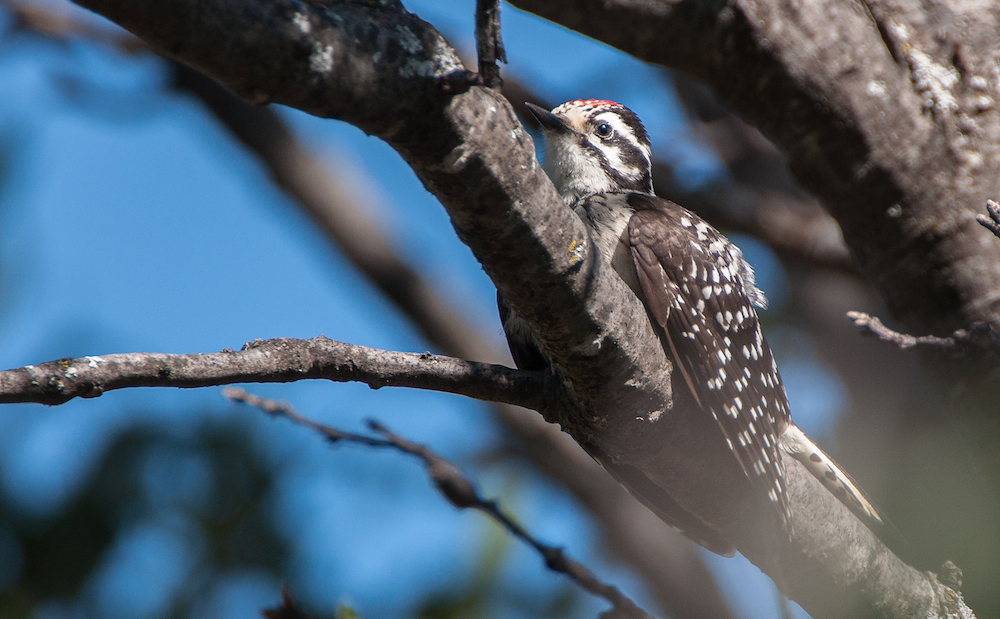
Partially paved trails wind their way through 180 acres of blue oak woodland and open grassland meadow. Sections of the trail meander by Churn Creek itself where this primarily urban stream is still preserved in its more natural state with lush willows, valley oaks, and cottonwoods. Meet leaders Alicia and Pablo Herrera, at 8am at Minder Park, in the cul-de-sac at the end of Minder Dr., just to the south of the open space trails. On this 3-mile loop hike we’ll encounter woodland and riparian winter residents and early migrant species including Lark Sparrows, Nuttall’s Woodpecker, Spotted Towhee, among others.
